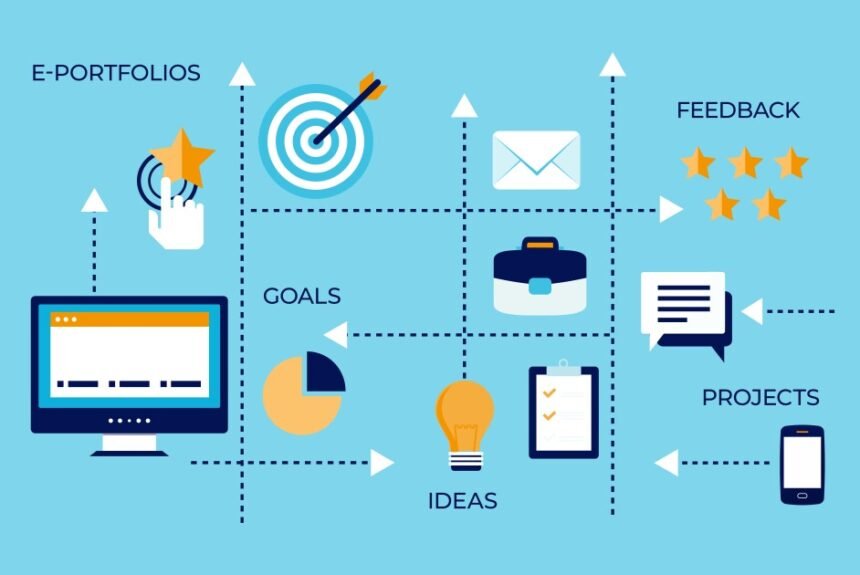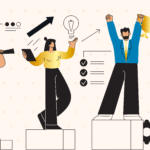Digital portfolios, already widespread in many professions, are also increasingly popular in K-12 schools.
In the past decade, backlash against standardized testing has helped spur states and districts to consider alternative methods of assessment, from projects to performance tasks. Electronic portfolios, which allow students to organize work, interests, and reflections online, have become one model for mastery and project-based learning.
The Next Generation Learning Challenges collective, a network of schools and districts working with large education foundations to develop new learning models, finds portfolios can be better than traditional grade transcripts at showing students’ skills and knowledge.
Amber Chandler, a National Board-certified middle school English/language arts teacher in the Hamburg, N.Y., central school district, replaced her end-of-course exams for 8th graders with a course-long digital portfolio program that highlights students’ analyses, reflections, and takeaways for multiple books the class covers throughout the year.
Students, parents, and future teachers can use the portfolios to track students’ growth and interests.
“It is to me much more relevant than anything else we can do, and much more fair,” said Chandler, who is also the author of the volume The Flexible ELA Classroom.
For tips on how teachers can make the most of digital portfolios, click to download the resource.







